While touring Choices, I couldn’t help but be reminded of an event that happened over Winter break. I went with my two older sisters and mother to eat pizookie one night while my dad was out of town. We all split one Oregano’s pizookie , which is not very big. For outsiders, we eat very quickly and aggressively. Towards the end, my mother pulled the pizookie towards herself in order to secure some cookie and ice cream without my sisters and I stealing it from her spoon. I was a little snippy and was slightly angry that she took the pizookie for herself because I still wanted some. My oldest sister then eloquently said, “It’s okay for her to choose herself over you now. You’ve had your time.”
, which is not very big. For outsiders, we eat very quickly and aggressively. Towards the end, my mother pulled the pizookie towards herself in order to secure some cookie and ice cream without my sisters and I stealing it from her spoon. I was a little snippy and was slightly angry that she took the pizookie for herself because I still wanted some. My oldest sister then eloquently said, “It’s okay for her to choose herself over you now. You’ve had your time.”
As I thought about it, I realized that obviously my mother can choose to eat something and not give it to me; it was very trivial of me to be upset. However, I don’t think I understood the depth of my sister’s words until I started thinking about reproductive health this week and being reminded about how important a woman’s right to choose is. My mom, from the moment of my conception (whenever that was in the process of gestation), had chosen to put me before herself and showed that every day since. In a small example, if she had food and I were hungry, she would give me the food and not have as much for herself. In most cases when a woman decides to have a baby, she is deciding to put that life first from the moment she accepts carrying a fetus for nine months INSIDE HER body. She is allowing something else to take space that has previously been only hers.
Bringing life into this world should not be a decision that is made lightly. Nowadays, with the media and businesses bombarding everything we can see with sex, it is much more accessible because people know about it at such a young age. Couple that with NOT being bombarded with safe sex practices, or really any healthy, standard sexual education at all, and that’s a recipe for disaster. At an elite college campus, some people are still unaware the condoms are not 100% effective and are better used for protection against STI’s and STD’s. The safest measure is to be on birth control, of which there are over a hundred to choose from and many different types, and use a condom. The goal of reproductive health clinics is to eradicate the need for abortions. They are there so people can get access to safe sex information, birth control, pre-natal care, and most of all they’re cheap for the people that cannot afford to go to private doctors for their healthcare needs.
To the people that consider themselves pro-life and anti-abortion, most people that are pro-choice are also pro-life and anti-abortion. We want people to live happy and successful lives, in whatever way they CHOOSE. That is contingent upon whether or not they decide to become a mother. No one can dictate whether something should grow inside another person for nine months. No one can dictate whether that something should grow up in a household of abuse, whether that be physical, emotional, sexual, economic, social, etc. If every person that got pregnant were to have the child, then the world should provide, free healthcare, free (and substantial) public education, free children’s clothing (i.e. diapers, baby wipes, onesies, socks, etc.), and much more. Every woman that gets pregnant is not always able to provide for another life, and if we decide to bring another life into the world, then we sure as hell better be able to support it or have the necessary access to organizations/people that can support it. Most pro-choice people are also anti-abortion. No one wants abortion to be a thing. The only difference is that most pro-choice people want it to be an option since there are a lot of social factors working against women to protect themselves in the first place from becoming pregnant and there are a lot of social factors working against women to help them thrive after the pregnancy. It is a matter of who can choose what happens to someone’s body—not just during pregnancy though. Who is going to help that child once it’s actually born? Ideally, there would be no abortions because the people that decide to have children will be able to provide for them with all the necessities to have a happy and successful life.

(that’s me convincing people that I am not the ONLY one who thinks about these kinds of things)
Expanding my pro-choice stance, I was finally able to walk the walk instead of just talking the talk. This past Saturday, I escorted at Choices. Every Saturday, Choices has 15-30 protestors that stand outside their facility on the sidewalk. Each protestor has pamphlets filled with scientific error and religious rhetoric to convince people entering the clinic to not have an abortion. Keep in mind that the majority of people that access reproductive health clinics are NOT there to have an abortion. Reproductive health clinics, contrary to what religious right-wing politicians would have you believe, have LOWERED the number of abortions (legal and illegal) because they provide cheap birth control, access to an affordable OBGYN, pre-natal care, and safe sex practice education.
Anyways, I stood in between the main entrance to Choices and the place where the preachers would stand and spout their opinions. (On a side note, I did this while running on two and a half hours of sleep, which was not my best idea.) At 7:15am, we were out there standing on both sides of a client to escort her/him into Choices without being harassed too much by the protestors. To describe the picture: one preacher was speaking non-stop about everything and nothing while there were people scattered with their pamphlets and then there were the blown up posters of aborted fetuses every 10 paces. No one that was walking or driving NEAR the street, let alone walking into the clinic, could miss the posters. The first preacher called the escorts all kinds of names, but my favorite was definitely “Hitler’s henchmen.” It was hard to drown out his voice, but the escorts were standing around and having conversations about all sorts of things such as, politics, social issues, school, other clinics, marriage, TV, and the list continues.
Every time we saw a potential client, we would pause the conversation to escort the client and deflect the protestors. For me, this was the embodiment of what I had been preaching about pro-choice for the last ten years. I was physically creating a space where women could access a reproductive health clinic without judgment. Obviously, it wasn’t me creating the space, but I was helping and hopefully I was an encouragement for the women entering that someone supports them and whatever choice they make.
One of the most poignant moments for me that morning was seeing a young woman bawling her eyes out, being separated from the partner she brought by the protestors, and then watching the protestors swarm her and shove pamphlets into her hand. She was obviously distressed making the decision to even go to the facility, and these protestors just made it even harder and more traumatic! It was a situation where I thought about how much thought and effort she must have put into the decision to go to Choices and how she still wasn’t satisfied with the options in front of her. I quickly stepped to her side to block the path of one of the aggressive pamphlet-handers from continuing next to her. I walked her to the door and her partner followed with a solemn head down while the protestors were shouting about how killing babies is wrong.
 Well, shit. Let me check my privilege really quickly. I have an OBGYN for a father; my family has talked about sex since I was probably 6; my family has talked about safe sex practices since I was probably 6; I was able to talk to BOTH of my parents about starting/stopping birth control without hesitation. My education about sex and reproductive health was incredibly extensive (read: there were diagrams involved).
Well, shit. Let me check my privilege really quickly. I have an OBGYN for a father; my family has talked about sex since I was probably 6; my family has talked about safe sex practices since I was probably 6; I was able to talk to BOTH of my parents about starting/stopping birth control without hesitation. My education about sex and reproductive health was incredibly extensive (read: there were diagrams involved).
Even if people get the “sex talk,” it’s rarely the kind of education I was fortunate enough to receive. If people are unable to be educated about SAFE sex, then how can we expect them to know what to do? If people are unable to talk about sex without being stigmatized, then how can we expect them to know how to act? If people cannot talk to their sexual partners about birth control because they’re not educated themselves, how can we expect them to take preventative measures? Abstinence-only education DOES NOT MAKE SENSE. Honestly, YOUNG PEOPLE ARE GOING TO HAVE SEX. We may as well teach them how to do it safely and reduce the chance of pregnancy.
Reproductive health clinics are necessary, and the need isn’t less for preaching abstinence-only. If you don’t teach someone about safe sex or preventative measures, you can’t be upset or surprised if they get pregnant. You are taking away EVEN MORE CHOICES by withholding important information. This summer is about looking at the big picture, as opposed to just through one lens. There is a cycle relating sexual health education, pregnancy, and abortion. If we continue to withhold information and access, it is only going to backfire. Providing choices for women, whether that be ALL the information we need to live a healthy life that includes sex or providing access to safe a legal abortions, will only improve society. We’ll have educated women that are agents in their own bodies. Crazy thought.



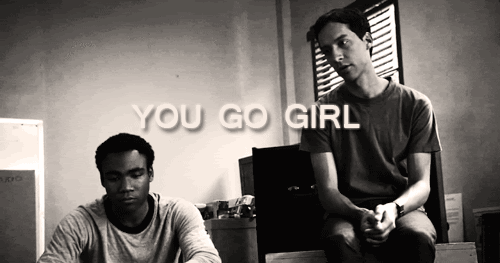




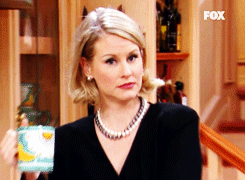
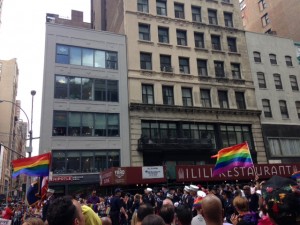

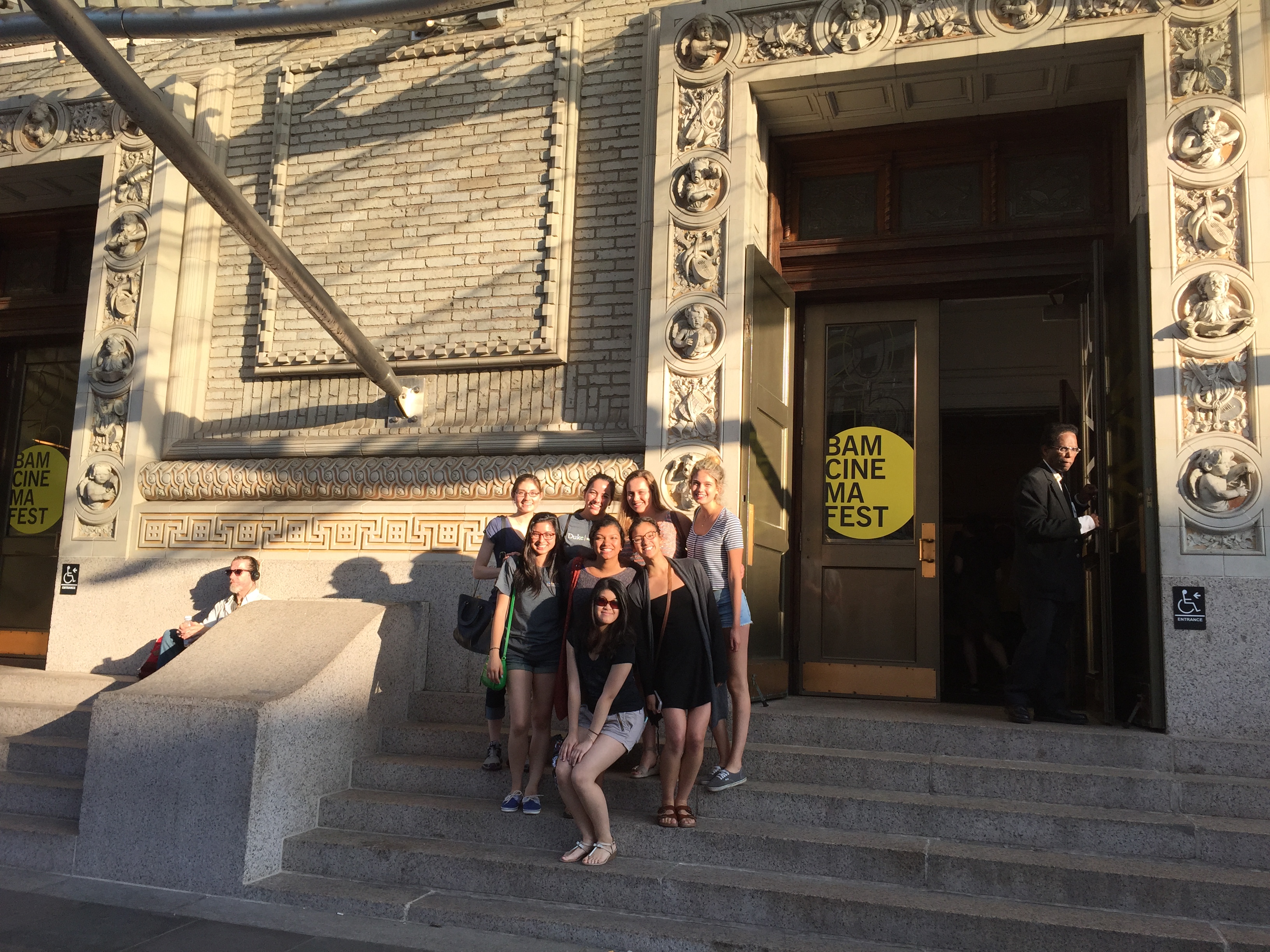
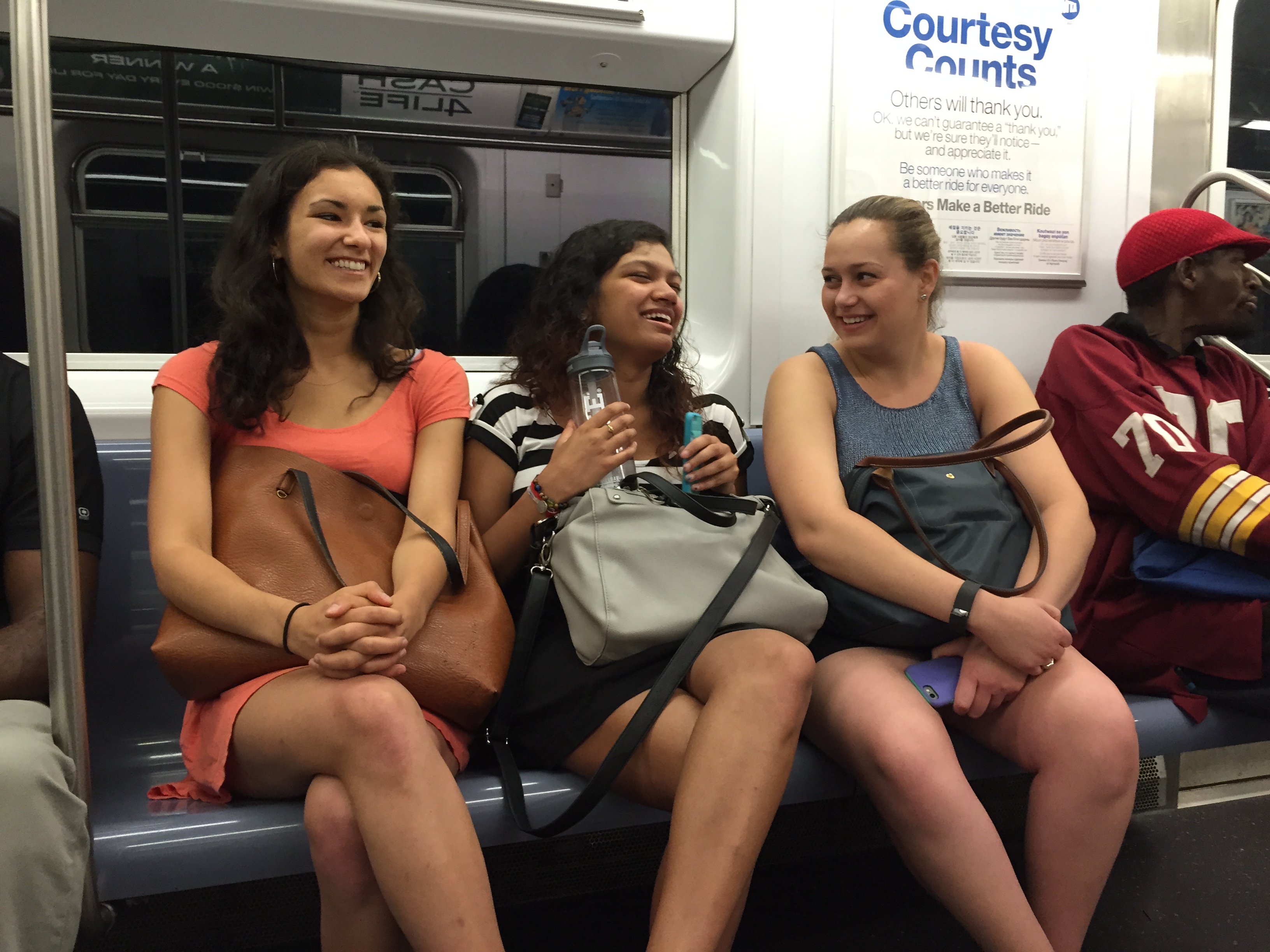
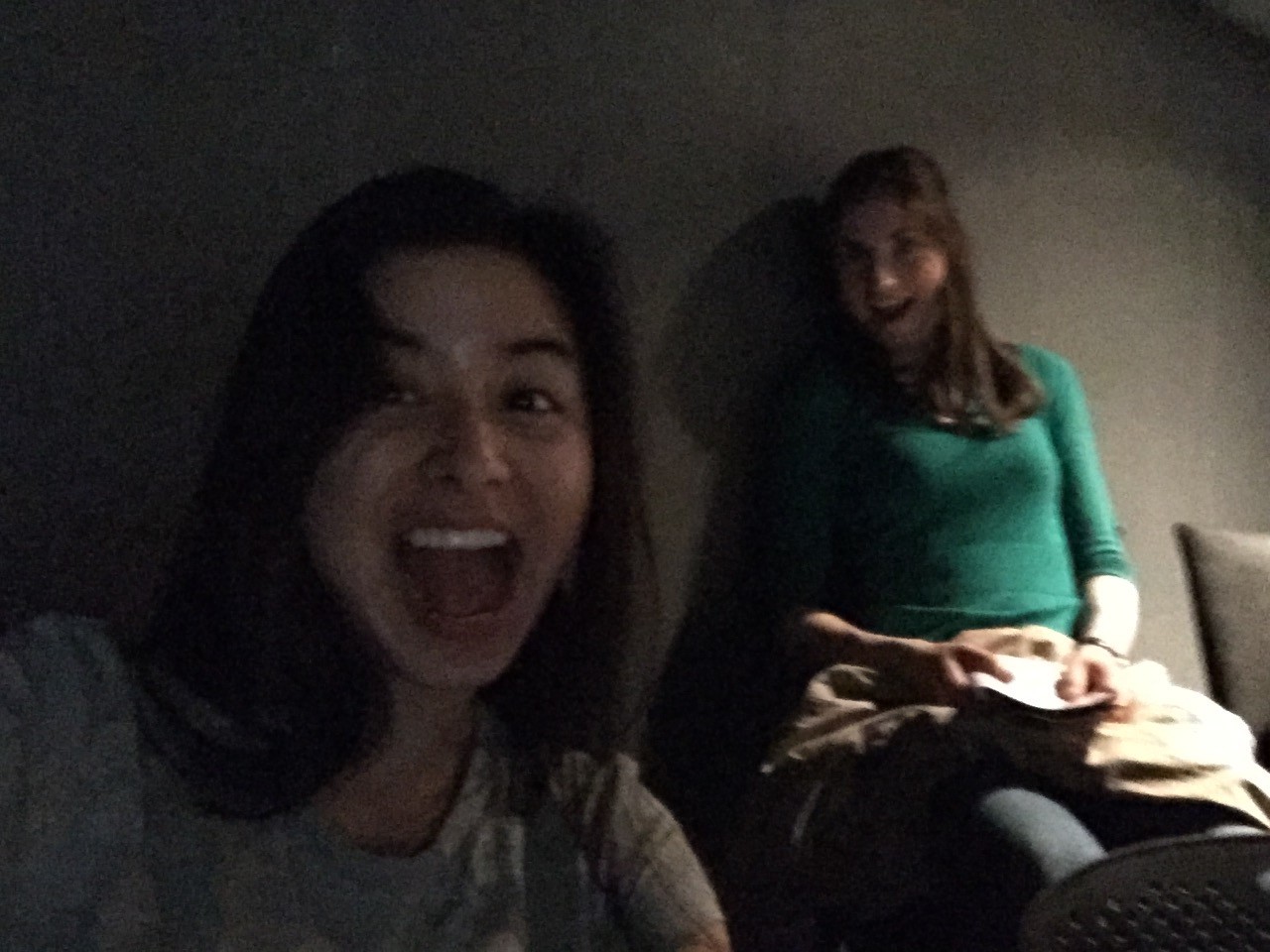
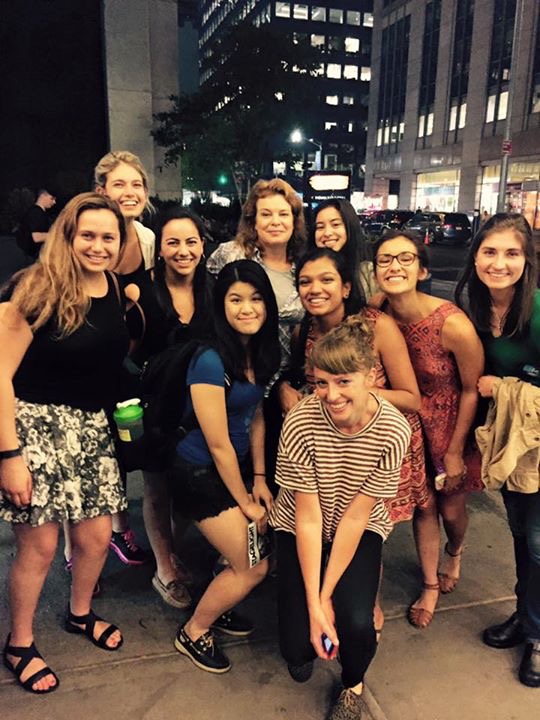
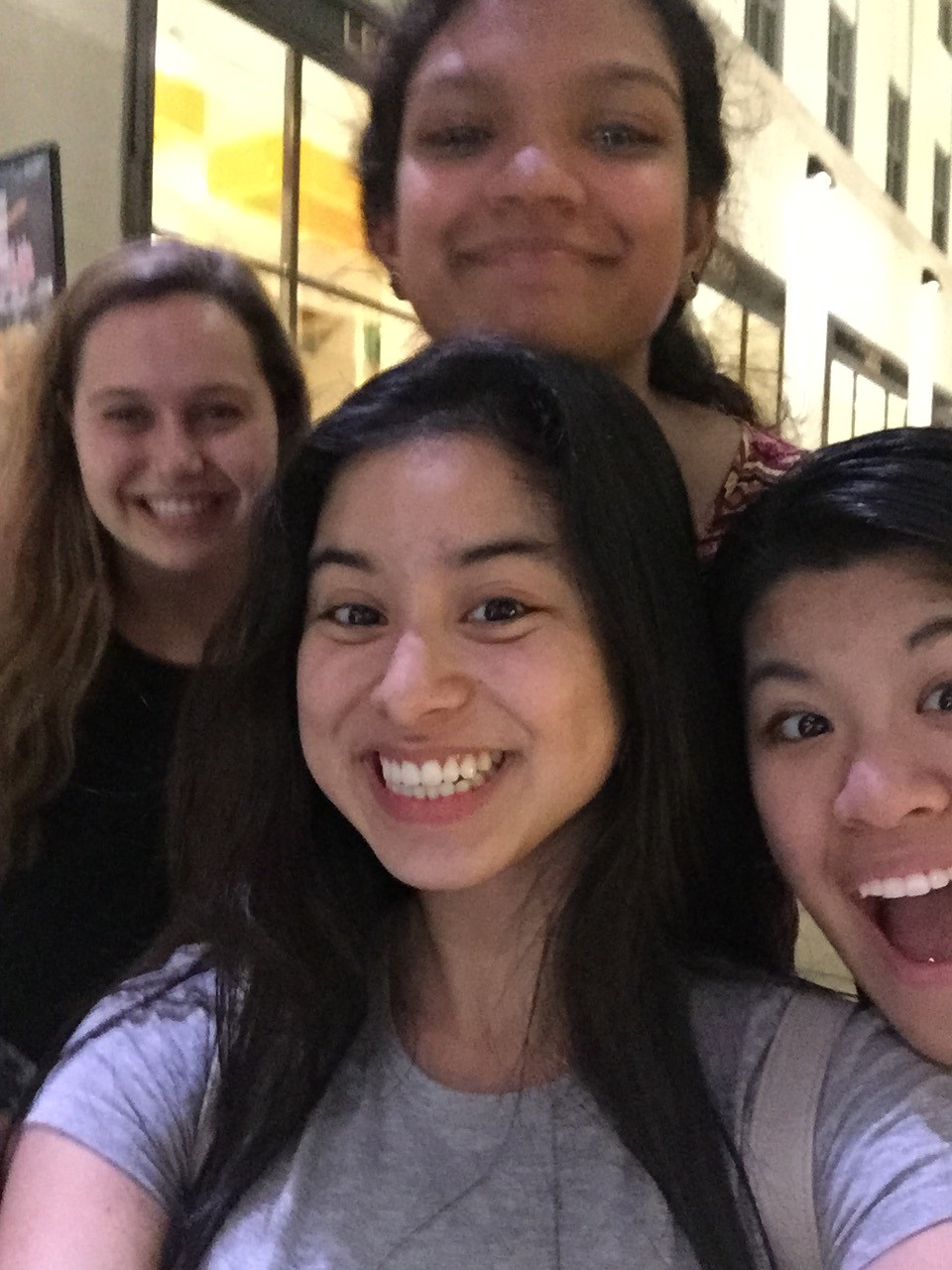
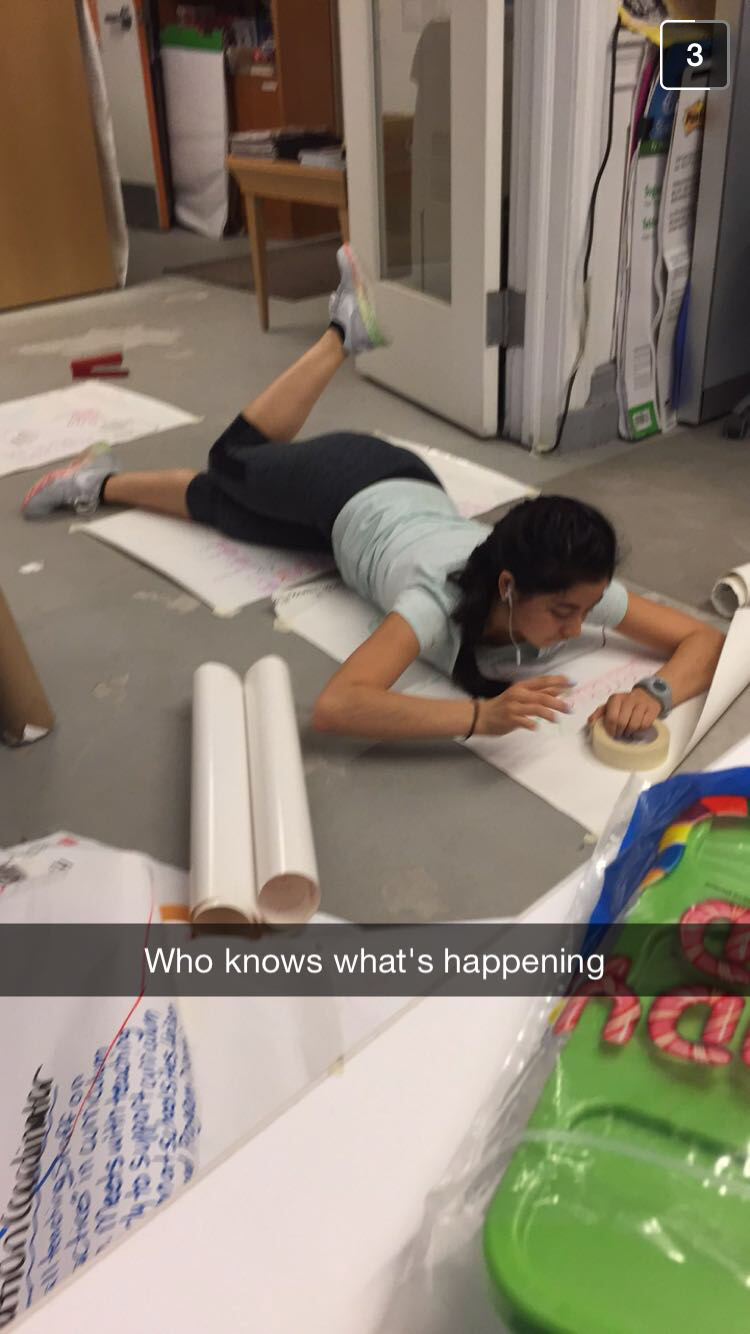




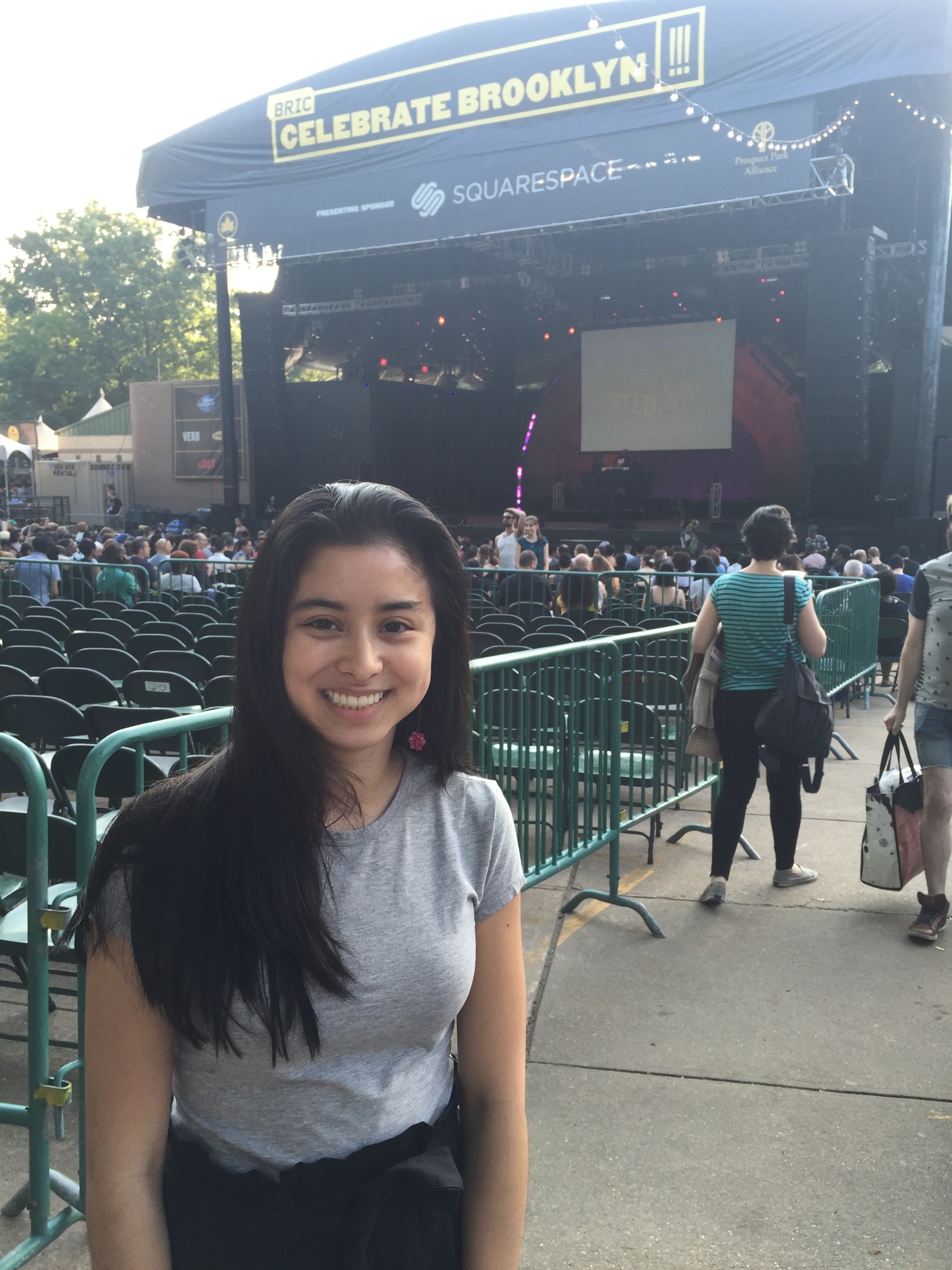
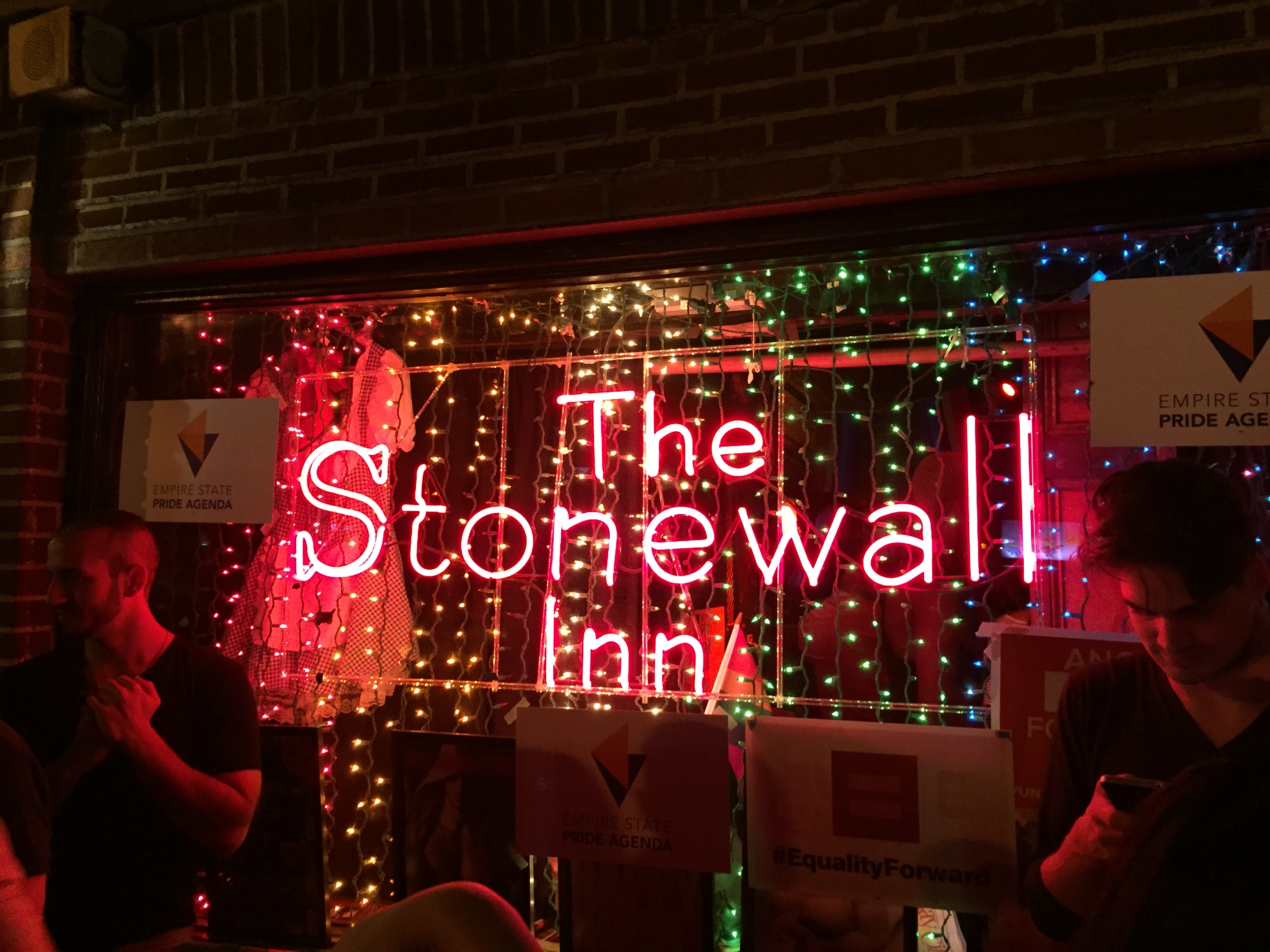

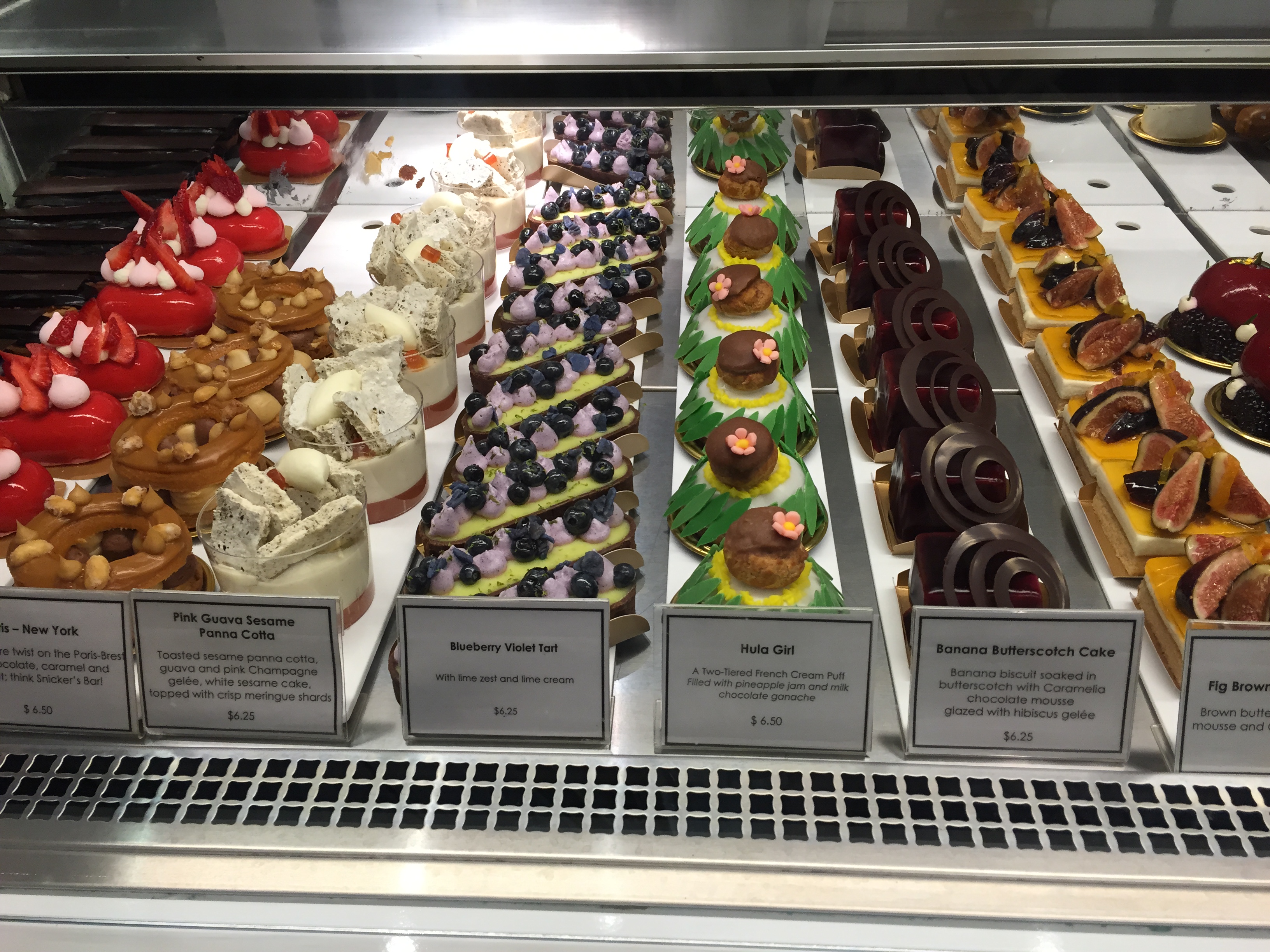
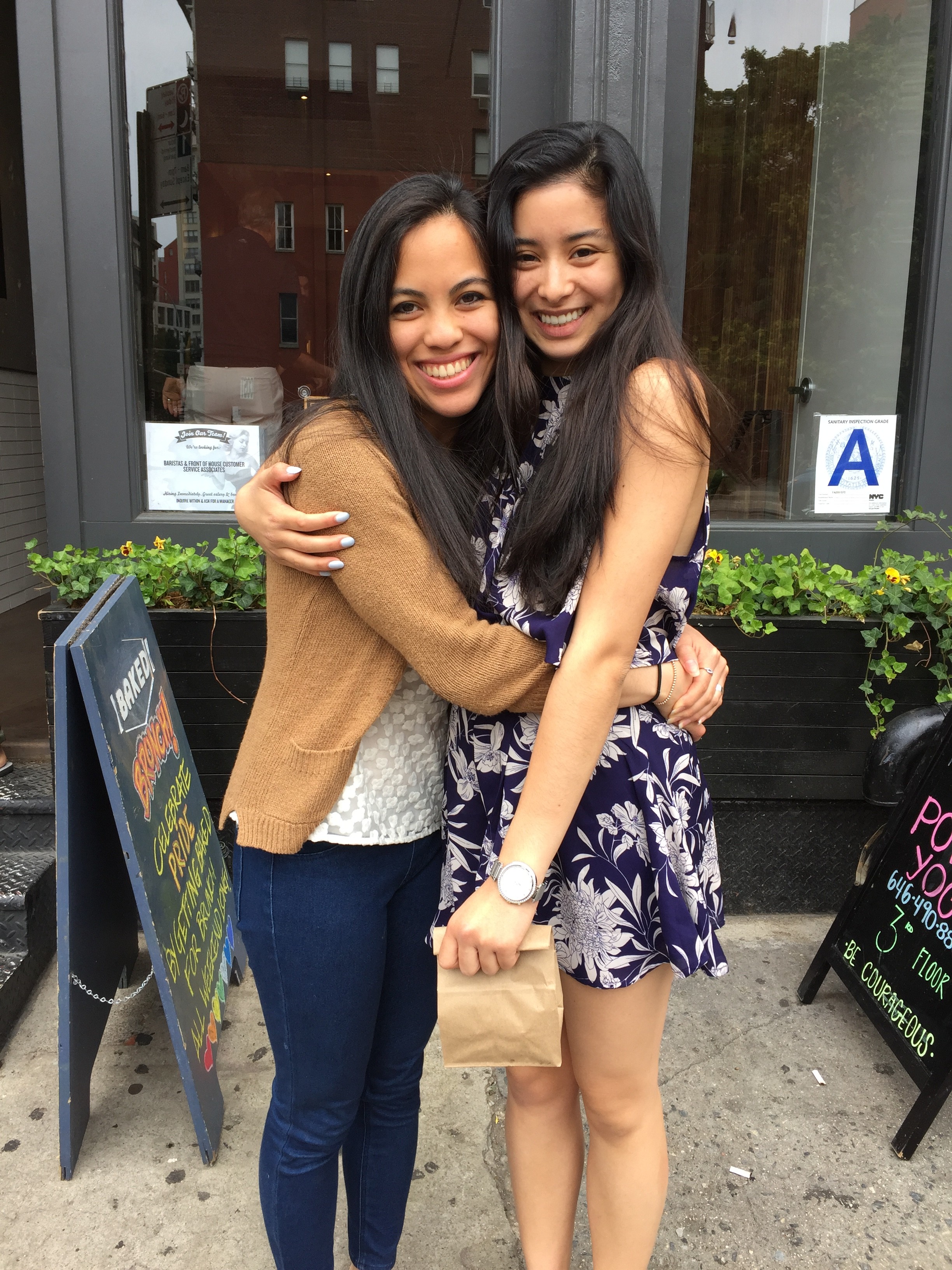


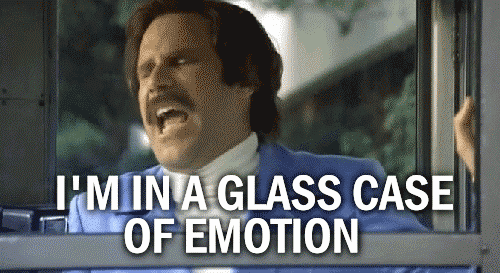
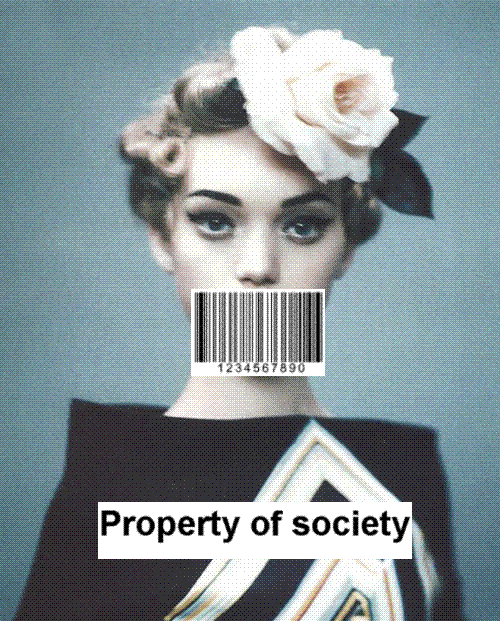
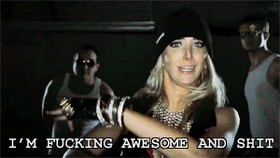


 ly an accurate term to describe Choices–one of the leading medical centers for women’s reproductive health in the United States. Founded in 1971 by Merle Hoffman, Choices offers female patients a wide variety of services including prenatal care, a full spectrum of gynecological services, counseling, financial assistance, and yes, abortions.
ly an accurate term to describe Choices–one of the leading medical centers for women’s reproductive health in the United States. Founded in 1971 by Merle Hoffman, Choices offers female patients a wide variety of services including prenatal care, a full spectrum of gynecological services, counseling, financial assistance, and yes, abortions.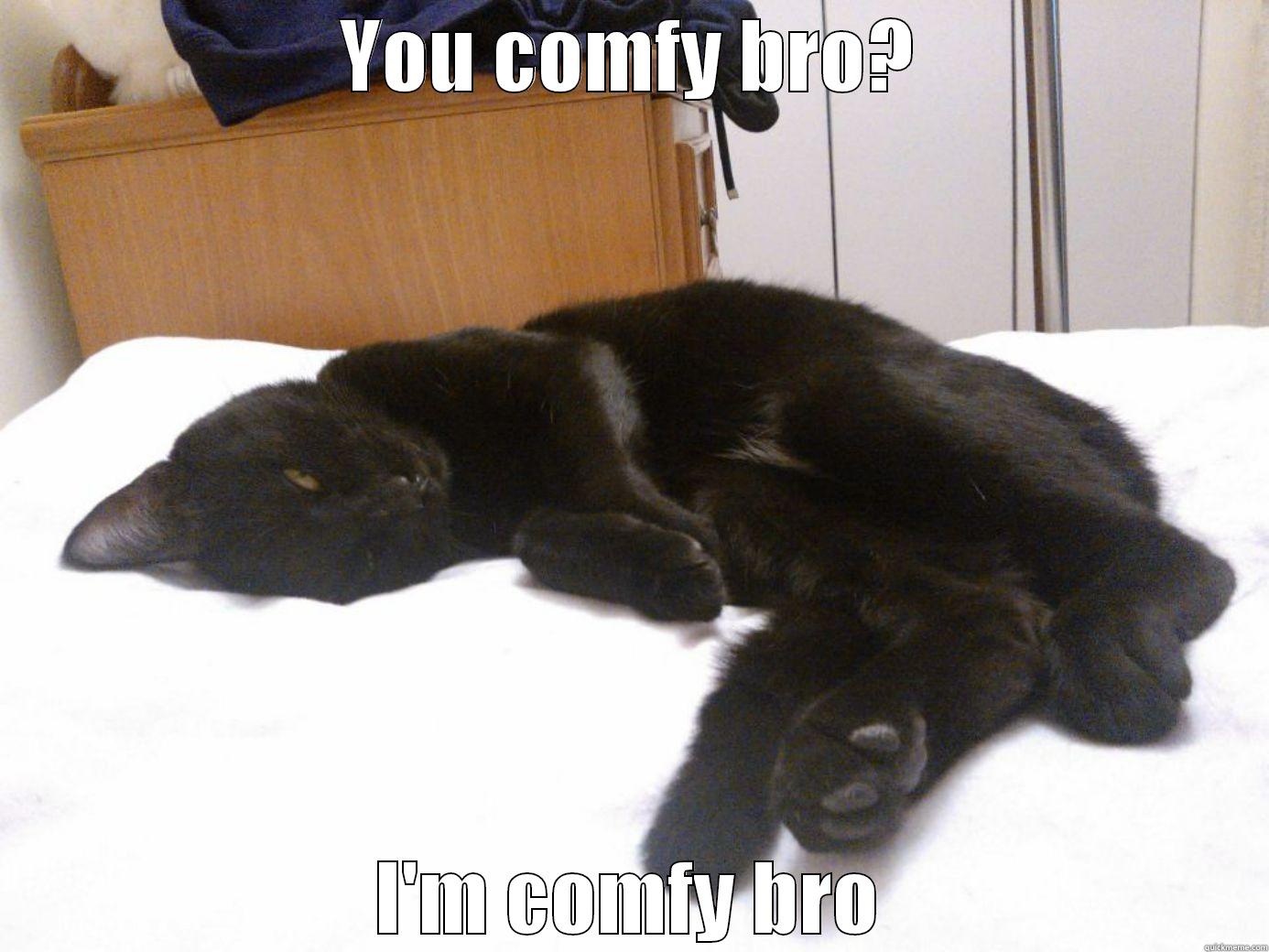
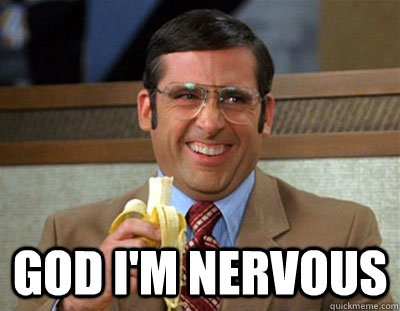
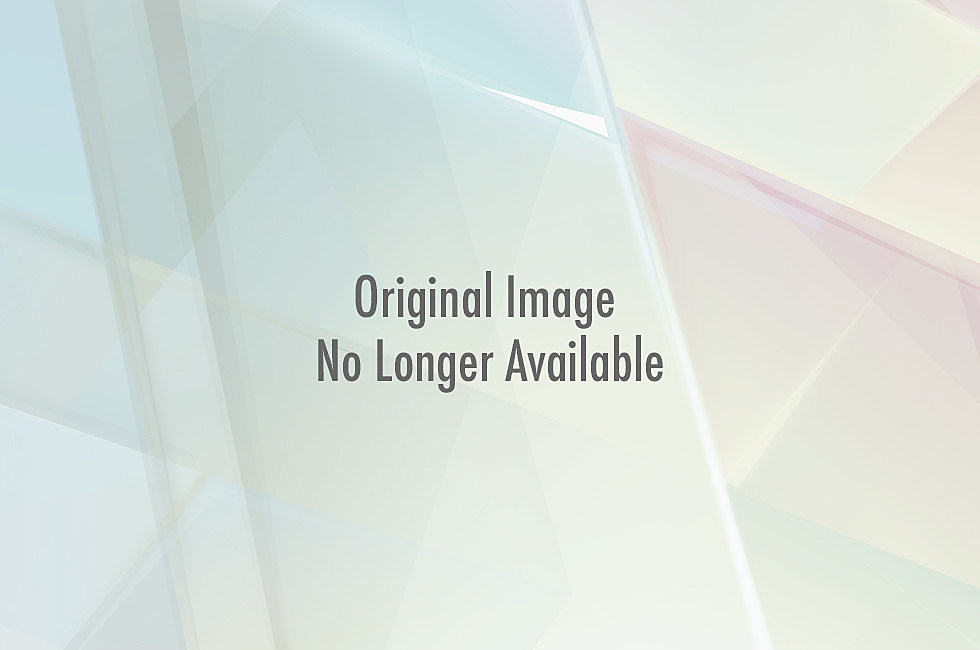
 w subway car reminds me of the C1 ride during a class change. Running along the Hudson make me feel like I’m running on path along the river at home. The screeching and bustling of 14th Street that my apartment overlooks is becoming background noise. I’ve learned I can only buy at the grocery store what I am able to carry back five blocks to my apartment (which means I need to make special trips for watermelon, but it’s worth it). I even cracked the code that is the laundry payment system.
w subway car reminds me of the C1 ride during a class change. Running along the Hudson make me feel like I’m running on path along the river at home. The screeching and bustling of 14th Street that my apartment overlooks is becoming background noise. I’ve learned I can only buy at the grocery store what I am able to carry back five blocks to my apartment (which means I need to make special trips for watermelon, but it’s worth it). I even cracked the code that is the laundry payment system.







 Well, shit. Let me check my privilege really quickly. I have an OBGYN for a father; my family has talked about sex since I was probably 6; my family has talked about safe sex practices since I was probably 6; I was able to talk to BOTH of my parents about starting/stopping birth control without hesitation. My education about sex and reproductive health was incredibly extensive (read: there were diagrams involved).
Well, shit. Let me check my privilege really quickly. I have an OBGYN for a father; my family has talked about sex since I was probably 6; my family has talked about safe sex practices since I was probably 6; I was able to talk to BOTH of my parents about starting/stopping birth control without hesitation. My education about sex and reproductive health was incredibly extensive (read: there were diagrams involved).